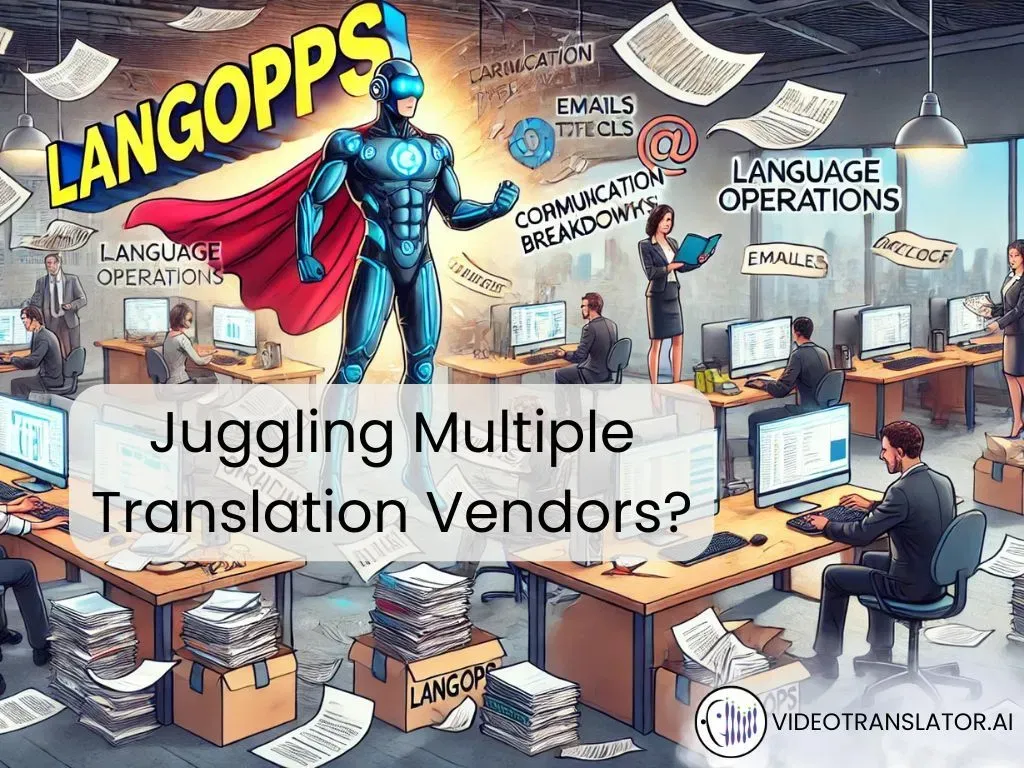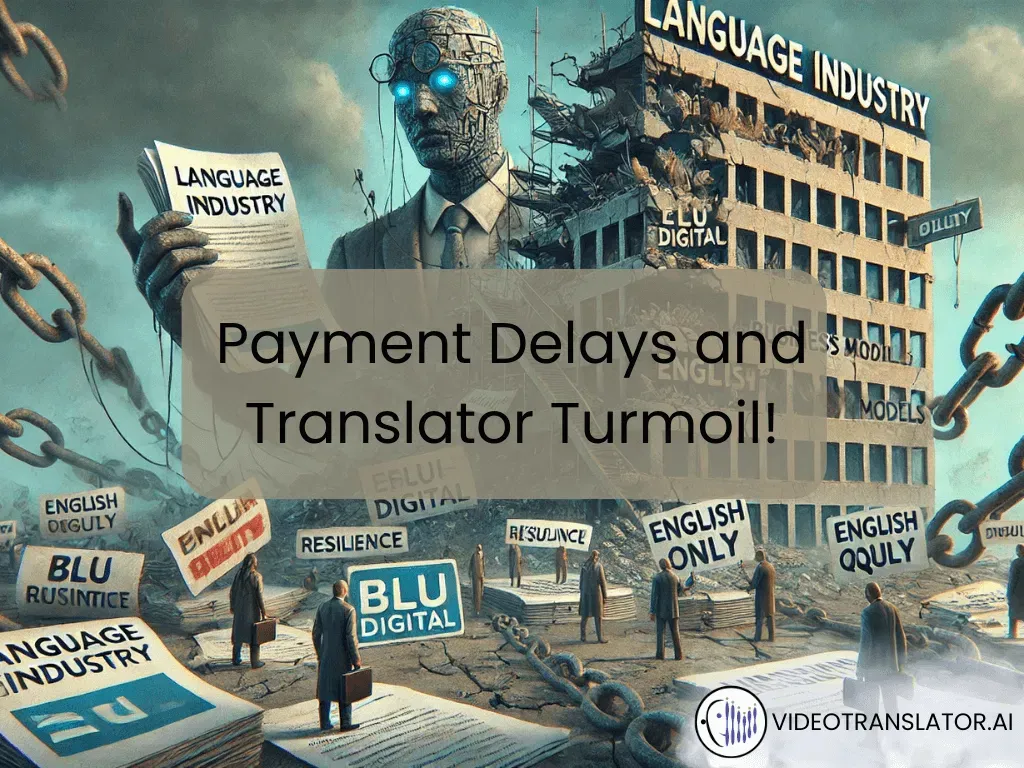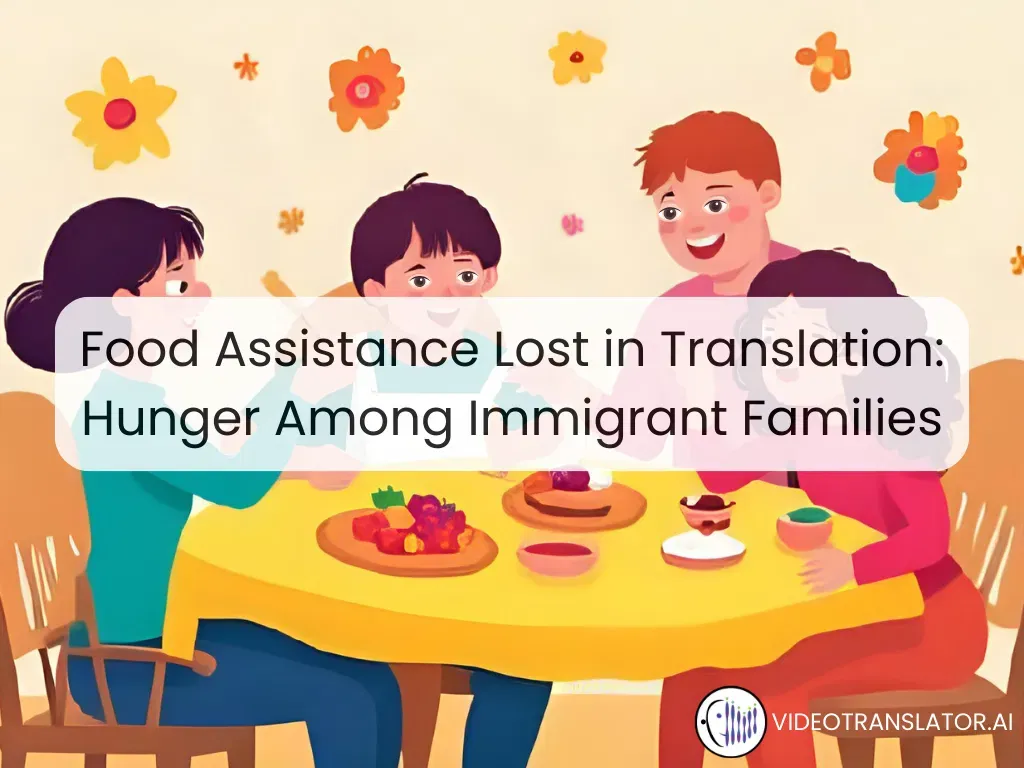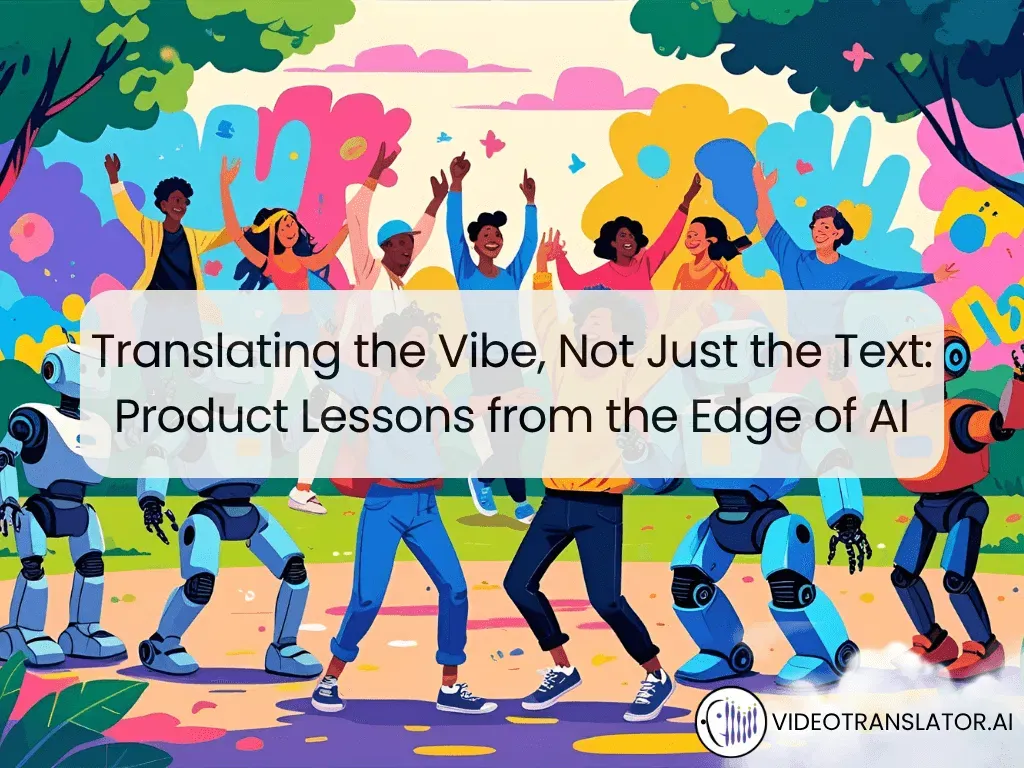The language services industry is on the brink. There’s no other way to put it.
Organizations worldwide need their content translated and localized around the clock—often in real-time.
Yet the old-school model of handing off projects to language service providers (LSPs) in bits and pieces can’t keep up anymore.
Traditional, project-based workflows once made sense when updates were sporadic. They don’t anymore. Businesses launch new features, media campaigns, and social posts quickly.
This constant churn strains the old methods to the limit, creating a massive gap between what’s needed and what traditional providers can handle.
Enter LangOps
Think of DevOps in software development. Now, apply that concept to language services. That’s LangOps—an entirely new approach designed to streamline and automate translation and localization as a continuous pipeline.
It’s a radical departure from waiting until your product or video is 100% finished. Instead, organizations weave real-time transcription, translation, subtitling, and voice-over processes into their content creation and publishing cycles.
This shift isn’t just about swapping tools. It’s a new mindset—seeing language as a core, always-on operational function, not just an afterthought.
And the result?
Continuous deployment of language resources into multiple tongues, all at once. No more juggling countless vendors. No more patchwork solutions. Just a single, ever-present “LangOps engine” that seamlessly drives content through each linguistic stage.
Demand for Real-Time Solutions Has Outpaced Traditional Models
The pace of modern content production is staggering.
Product launches. Live events. Social media blasts. E-learning modules.
The second something appears in one language, people around the world expect it in their own—immediately.
But most translation workflows are stuck in an older era. They involve emailing files around, waiting in never-ending queues, and wrangling multiple layers of human review. That can take days or weeks.
Why It Matters: Delay means missed opportunities. International audiences crave timely, localized content and get tired of waiting. If you’re too slow, your moment vanishes, and the window for global engagement slams shut.
Operational Integration Is Key to Scalability
At its heart, LangOps is about operational integration. DevOps reshaped software by merging development, testing, and deployment into one fluid process.
LangOps does the same for language tasks—transcription, translation, subtitling, and voice-over—and fully embeds them into content publishing workflows.
Upload a new video or push a product update, and the LangOps pipeline fires up automatically.
Why It Matters: Fewer hand-offs equals fewer errors. Fewer manual steps equals faster turnarounds. Everything streams effortlessly from creation to multilingual deployment across diverse channels and platforms.
The Future Lies in the Continuous Deployment of Language
We live in an era of constant iteration. New products, features, and messages can appear daily or even hourly.
Just as Continuous Integration/Continuous Deployment (CI/CD) revolutionized software updates by eliminating downtime, continuous language deployment ensures that once you publish something in one language, it swiftly rolls out in all the others.
Why It Matters: Global audiences demand near-instant access to the newest information. If your content languishes in old-school translation queues, you forfeit momentum and risk losing market share on the global stage.
Real-Time Solutions
Industry surveys show that the demand for language services grows by around 6–7% yearly. Digital content and multimedia are fueling that surge.
During a major tech conference, organizers offered immediate subtitles in multiple languages for the keynote. The outcome? A record-high live-stream audience, especially from non-English-speaking regions, who finally felt truly included.
But real-time translation isn’t just about engagement—it can be critical in high-stakes situations. In times of crisis, immediate multilingual communication ensures vital information reaches those who need it, when they need it.
See it in action: Watch SBS World News showcasing our multilingual video call tool, designed to break language barriers and facilitate communication in crisis situations.
Operational Integration
A recent poll of Fortune 500 companies found that more than 60% prioritise integrating language tools directly into their content management systems, aiming to slash turnaround times from weeks to days—or even hours.
One global streaming platform embedded an AI-powered transcription and translation pipeline into its video upload tool. Now, when creators hit “upload,” captions and dubs materialize in several languages within hours, not weeks.
Continuous Deployment of Language
Research in Latin America and Southeast Asia shows consumers expect localized digital content within hours of release. Missing that timeframe causes viewership to drop significantly.
An e-learning platform switched from quarterly localization updates to a continuous deployment model for lesson videos. Non-English course completion rates soared, and churn rates among international users plummeted, boosting overall subscription renewals.
Conclusion
The language services industry is at a crossroads. Yesterday’s methods can’t handle today’s relentless flood of multilingual demands. That’s where LangOps steps in—as a direct, modern alternative that treats language as a core part of your real-time communication strategy.
- Real-Time Demand: Content is consumed 24/7; stalling means losing an engaged audience.
- Operational Integration: Embedding language work into your existing workflow is the only way to scale.
- Continuous Deployment: Taking a cue from CI/CD, LangOps ensures near-instant multilingual releases.
If you’re grappling with overwhelming translation demands and facing the reality of multilingual audiences that need you now, it might be time to implement a LangOps approach. Start by examining your current workflow.
Pinpoint the bottlenecks. Investigate tools that provide end-to-end automation. Talk to us if you want some friendly pointers :)
As our world becomes increasingly connected, adopting LangOps isn’t just a step—it’s a leap toward the future. Embrace it, and you’ll speak loudly to every corner of the globe.
Interested in LangOps or wondering how to get started? Let’s talk! Contact us at hello@videotranslator.ai to explore how you can integrate real-time translation into your workflow.
Here’s to a world where language is no longer a barrier but a continuous, integrated asset!



